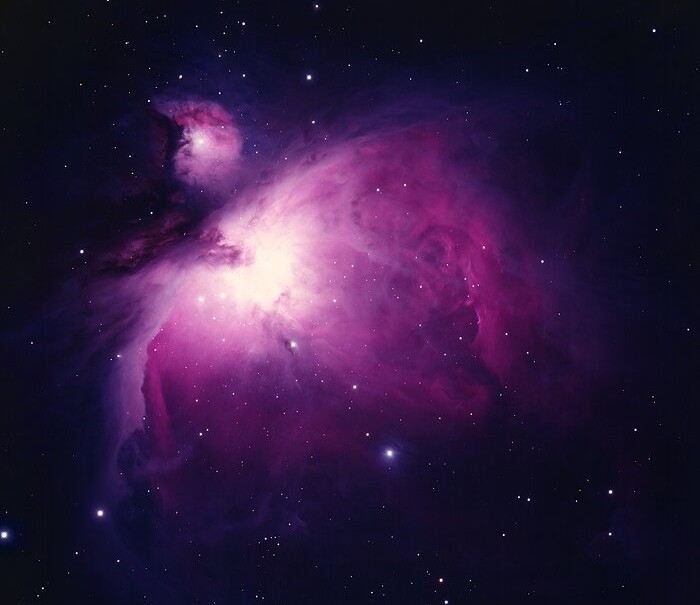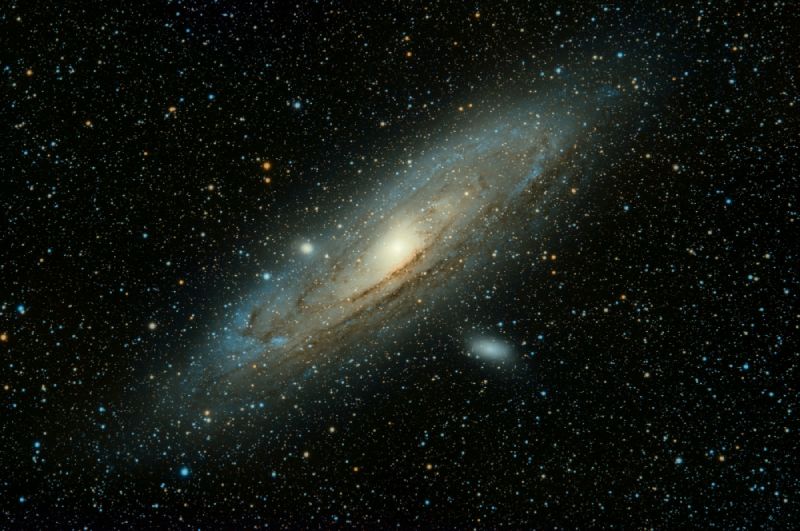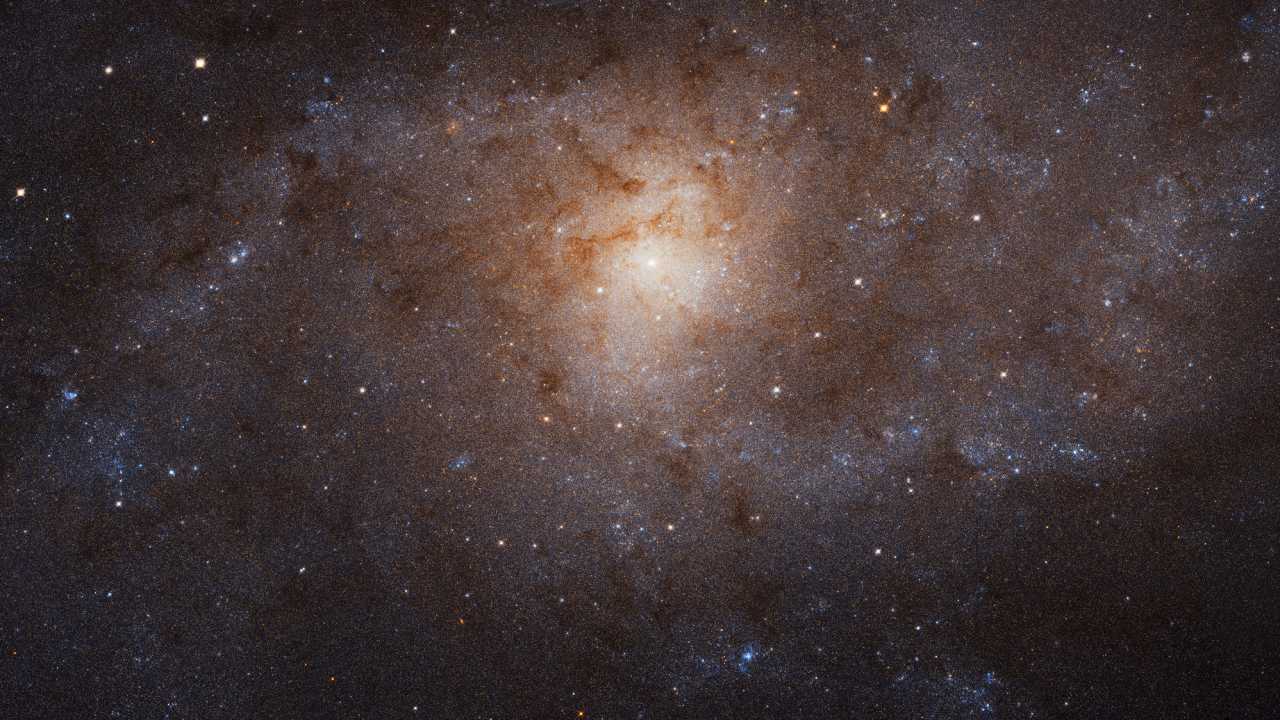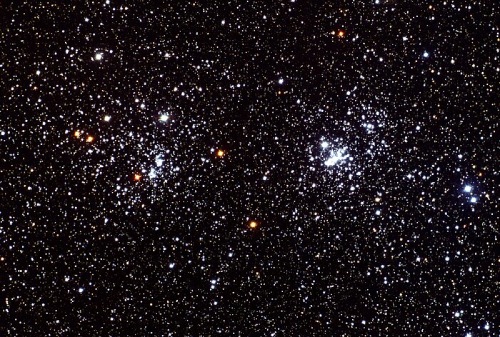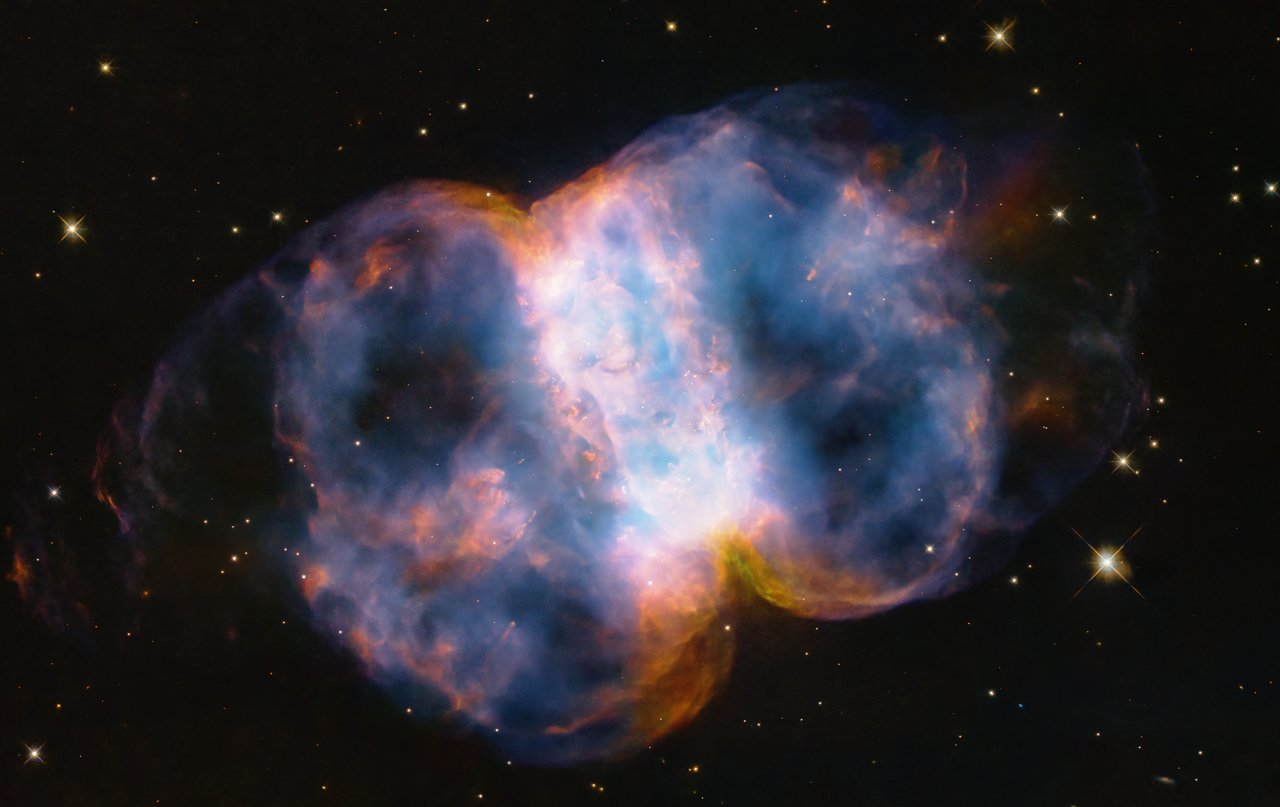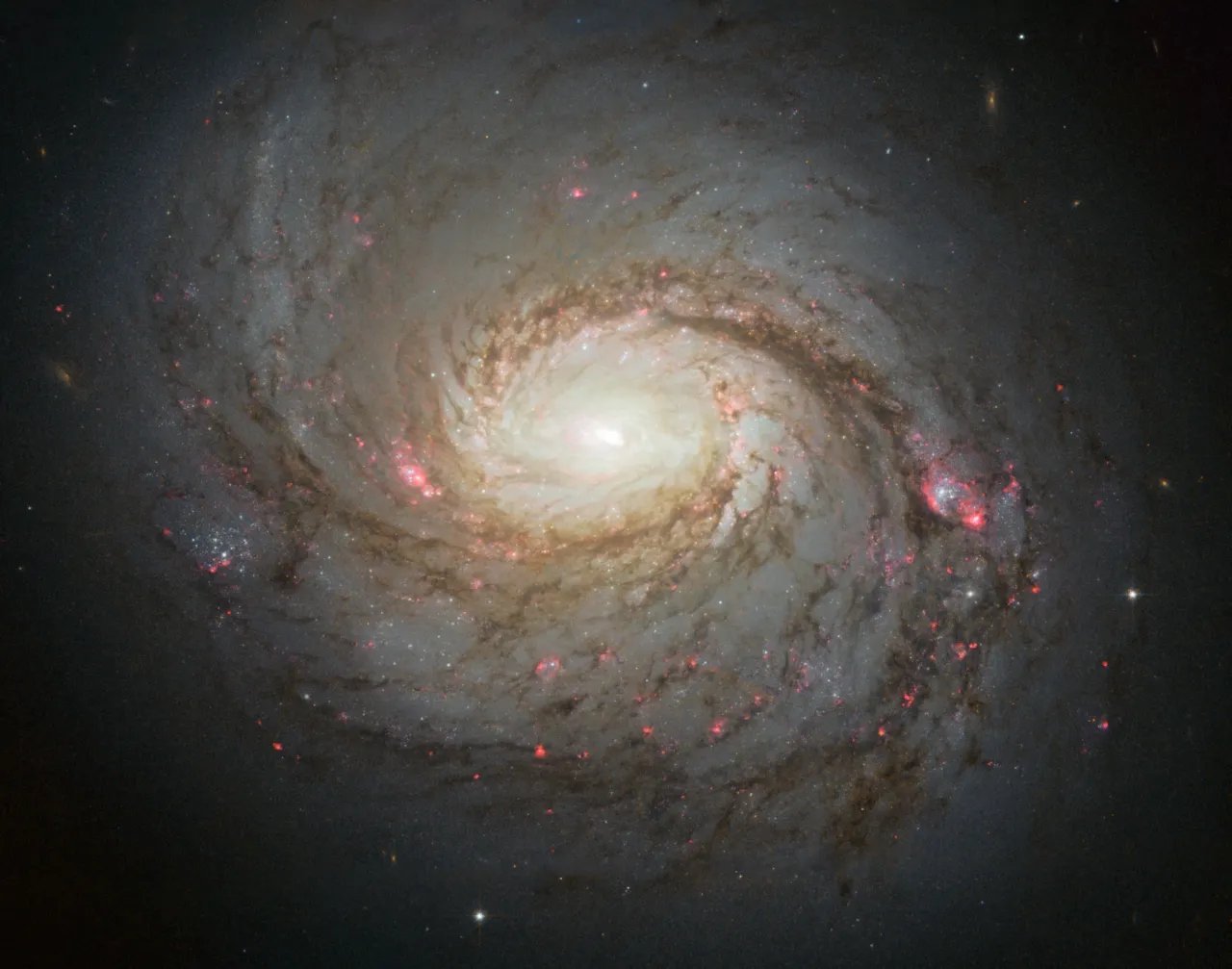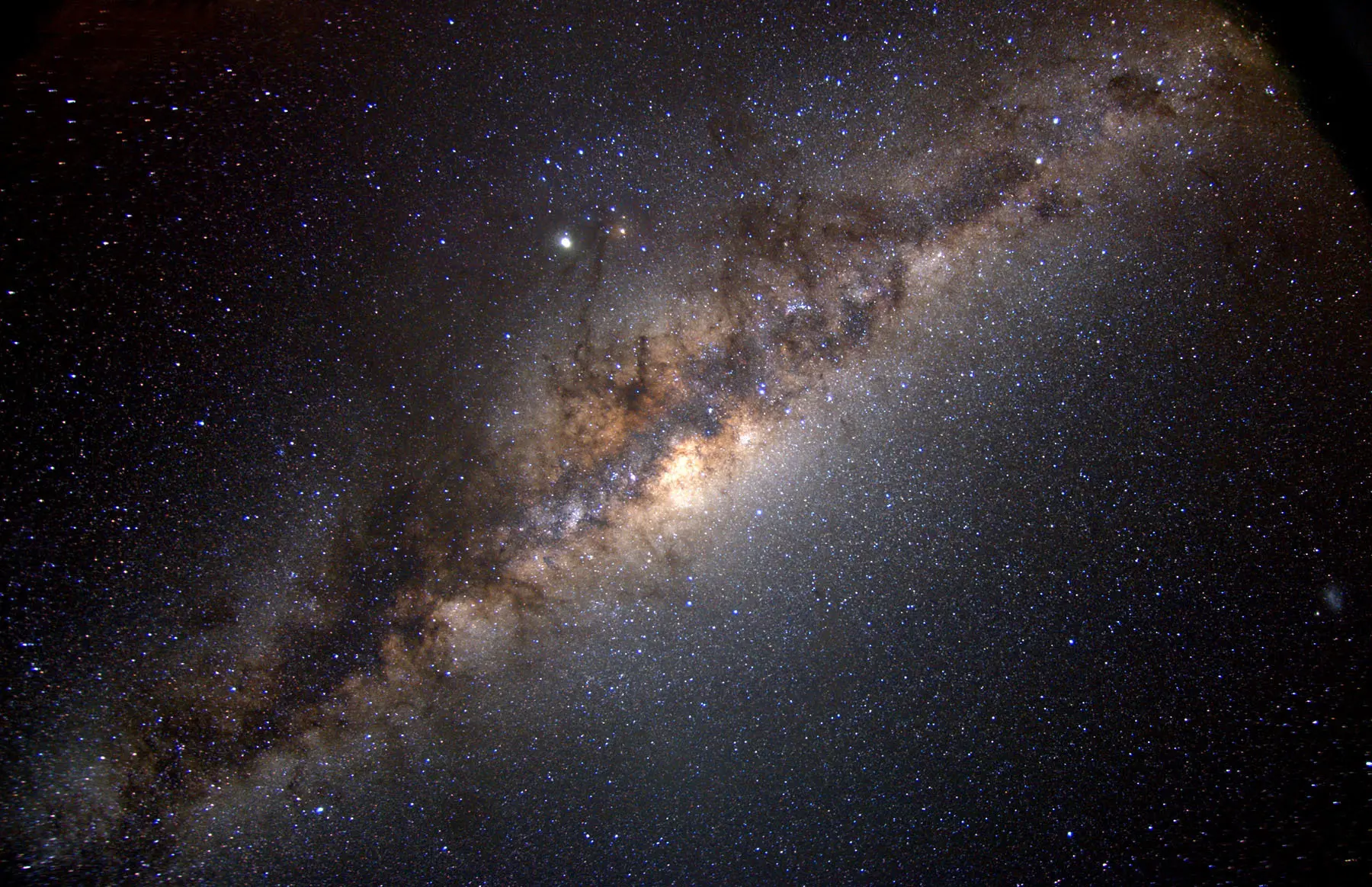THIS MONTH
November
What's there to see in the night sky?
Orion Nebula (M42)
The Orion Nebula is one of the most iconic and easily recognizable nebulae in the night sky. Its vibrant colors and intricate structure make it a favorite target for astronomers and stargazers alike, particularly during the winter months.
NORTHERN/SOUTHERN HEMISPHERE
Andromeda Galaxy (M31)
The Andromeda Galaxy, also known as M31, is the closest spiral galaxy to the Milky Way and one of the most popular and easily observed targets for astronomers, visible to the naked eye from a dark site and easily seen with binoculars.
NORTHERN HEMISPHERE
Triangulum Galaxy (M33)
Messier 33, or the Triangulum Galaxy, is a nearby spiral galaxy in the Triangulum constellation and the third-largest member of the Local Group. It is visible with binoculars or a small telescope and features a faint, spiral structure.
NORTHERN HEMISPHERE
Double Cluster (Caldwell 14)
The Double Cluster in Perseus is a beautiful pair of open star clusters, admired for their stunning display. Positioned close together, they are a favourite among amateur astronomers and stargazers in the autumn and winter skies.
NORTHERN HEMISPHERE
Little Dumbbell Nebula (M76)
The Little Dumbbell Nebula is a faint planetary nebula located in the constellation Perseus. While it is more challenging to see due to its faintness, it is visible in the winter sky and offers a unique, dumbbell-shaped appearance in telescopes.
NORTHERN HEMISPHERE
47 Tucanae
47 Tuc is one of the sky’s most impressive globular clusters. Located in the southern constellation Tucana, this cluster is easily visible from southern latitudes. It’s renowned for its sheer brightness and size, making it a favourite for astronomers.
SOUTHERN HEMISPHERE
Messier 77 (M77)
M77, a dazzling barred spiral galaxy in Cetus, is one of the closest and brightest active galaxies in the night sky. Its energetic core, powered by a supermassive black hole, makes it a stunning example of a Seyfert galaxy glowing nearly 50 million light-years away.
NORTHERN/SOUTHERN HEMISPHERE
The Milky Way
During the fall months, the Milky Way offers a breathtaking view of our galaxy’s dense, bright center. Best seen in dark, clear skies, the Milky Way can be observed stretching across the horizon from late September through November in the Northern Hemisphere.


